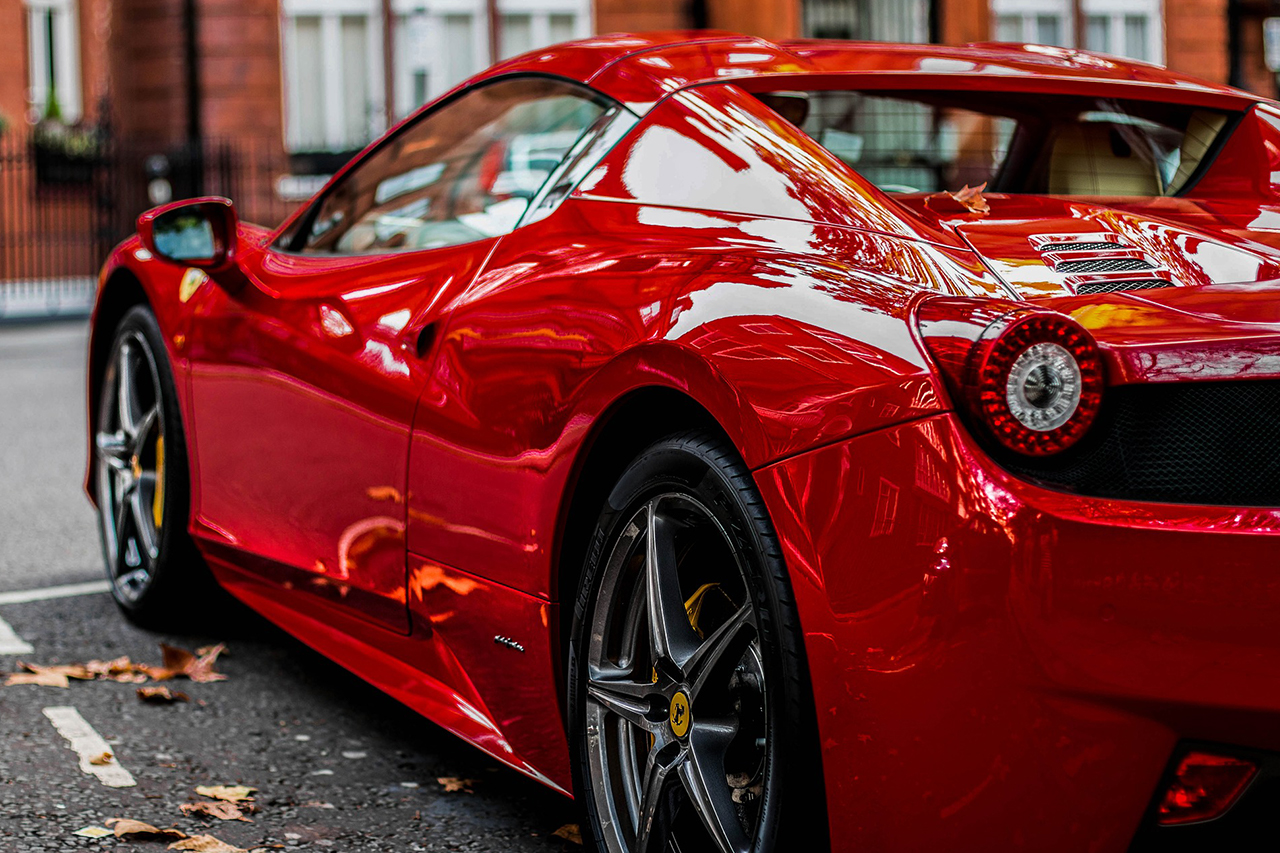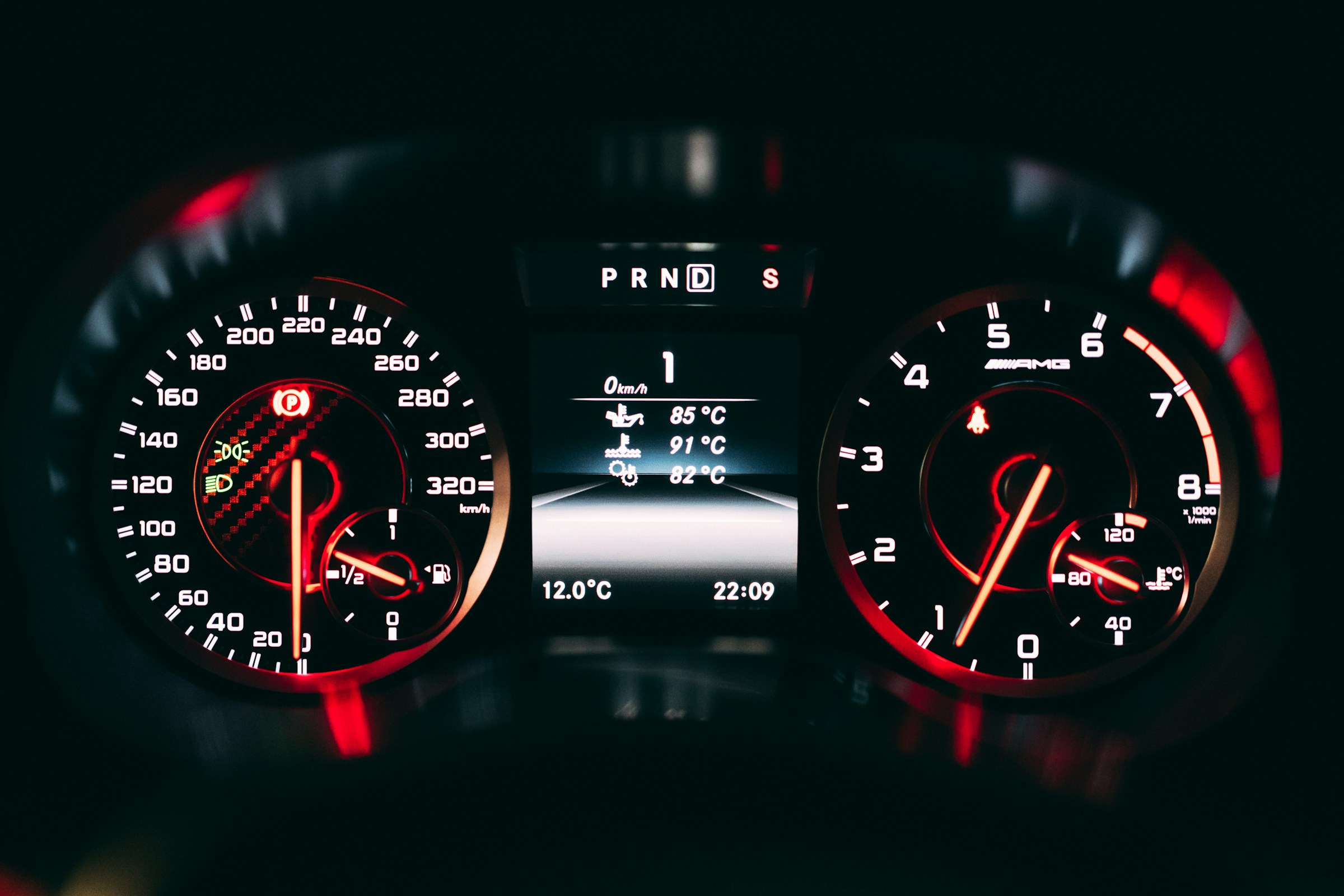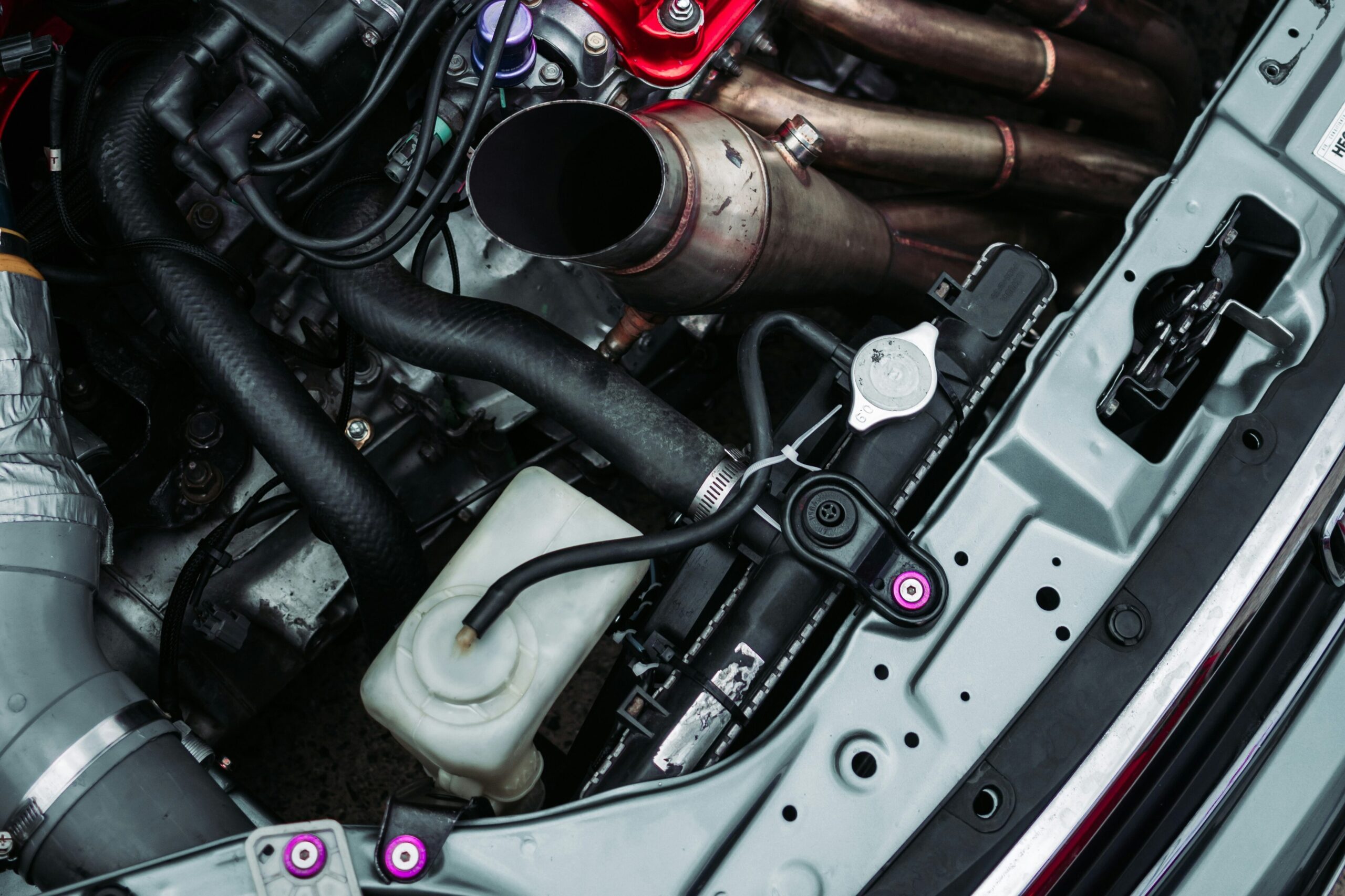How to Start an Exotic Car Collection
Jun 20, 2020

As an Amazon Associate, Modded gets commissions for purchases made through links in this post.
Exotic is a word people usually reserve for far corners of the globe, extra-special cuisines and Planet Earth-type wildlife. However, if you’re reading this, you’re not interested in those — or, at least, you’re less interested in them than the Ferraris, Lamborghinis, Paganis and Koenigseggs of the world. Collecting exotic cars is not a hobby everyone has the privilege of trying.
If, however, you’re on the shortlist, you’ve got an exciting world to explore. Cars from different marques and vintages carry special meaning to people all over the world. Now is your chance to show off the ones you love with an exotic car collection!
Have a Theme for Your Collection
Exotic cars come in many different styles. You can find classic cars, modern super-sports cars and hypercars. Plus, don’t forget about vintage race cars, grey-market specials and vehicles with a rich history. Most people would be happy to get their hands on a 1963 Volkswagen Beetle, for example, the star of the “Herbie” films.
You want to collect, sure, but what kind of cars? Are you looking for the most artful vehicles out there or the fastest? You can’t have them all. Even the most prolific collector would laugh at that idea.
To start, build an idea of what the ideal first car for your collection should be. You can steal a page from Jay Leno and embrace the weird and wonderful. Early on, however, you’ll benefit from developing your knowledge of a specific marque. This information will help you identify smart purchases and tasteful additions to your collection.
Be Realistic About Your Budget
Buying a collectible car doesn’t mean spending six figures. You can get a genuine exotic for less than you might think if you’re willing to own something that needs a little restoring. As an alternative, perhaps you’re comfortable having vehicles that aren’t in pristine shape. Maybe you’re more interested in how they drive.
Before you start making big plans, you have to ask the hard questions about how much you can spend. If you believe that you can spend $100,000 per year on cars, consider the maintenance requirements of each new model, what it will cost to insure and whether you will need to return a profit from selling some of your collection.
Are you planning on selling cars from your collection regularly, or will you only grow it first? Are you planning on paying cash for these cars, or will they be financed? You might want to start looking into an auction license now so that you can get first look at exotics when they cross the block.
Consider Where to Store Your Exotic Car Collection
If you’re lucky to have a home with enough space for a massive garage, you can begin your collection there. However, many collectors need to invest in an off-site area for their vehicles. Give some thought to exactly what you want, as there is no shortage of luxuries you can add to a garage for the right price.
The location of your collection will dictate the number of cars you can keep, and it’s convenient to have maintenance facilities on-premise. Perhaps you’ll do the wrenching, or maybe you’ll have a trusty mechanic who can visit the facility. Either way, a workspace with a quality lift, proper tools and good lighting and ventilation will give you somewhere carry out projects.
Set some space aside to keep your vehicles clean, too. You won’t be able to dry and detail cars in the same area that you service them. Apart from the obvious hazards of grease, oil and other contaminants, it’s not safe to assume that your workspace will be vacant when you want to move another car into it.
Add Your Favorite Memorabilia
Car collections can become musty, tepid places if they lack the proper accents to bring them to life. Finding those accents can be almost as much fun as finding cars to buy. Be warned, however, that there’s no end to how overvalued the right poster or oil can might be.
Look for deals on pieces that resonate with your particular theme. You can check out antique stores, estate sales and car shows. You might find some good grabs at auctions, too.
Buy Your First Exotic
It’s possible that this moment comes before some of the other milestones on this list — that’s no problem. What’s important is that you follow the right purchase process and find a good deal. You should never treat buying cars as an investment per-say, but it’s still a good idea to be wise to market trends.
If you’re reading this in early 2020, at the time of writing, the vintage Porsche market has been a ballooning bubble for ten years. You can expect to overpay for nearly any 911 if you’re not careful. As millennials age, Japanese imports from the ’80s and ’90s have taken on a special importance and could continue to appreciate.
If you’ve always wanted a ’65 Mustang, it might not be a bad time to buy. You’ll never find one at dealer price, but vintage muscle is weakening. The people who want them are phasing out of the market. You’ll find lots of online communities, podcasts and other media that can help inform your car search.
Drive Your Cars
No matter what you choose to collect, be true to the cars that excite you. Plus, don’t forget to get your vehicles out and drive them. Maybe one or two are extra-special, and you want to keep the miles low. Still, each purchase should have a purpose.
Remember, an exotic car collection that you can’t enjoy on the road is a significant investment. Most people deem cars worth collecting valuable because they offer a certain something when you’re behind the wheel. They may never be the fastest or the best looking, but they are unique and get your heartbeat pumping. If you’re going to own an exotic car, why not indulge a little? You should experience on the road them as the manufacturers originally intended.






